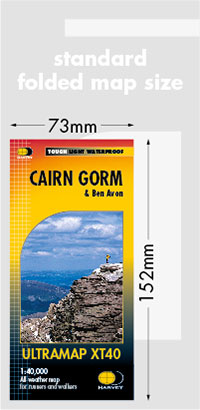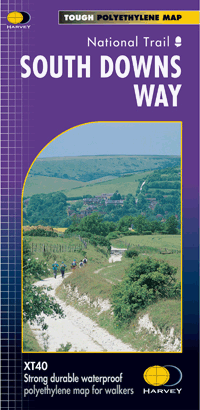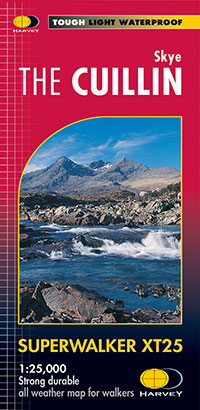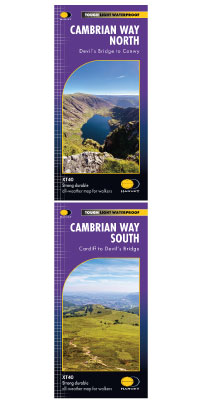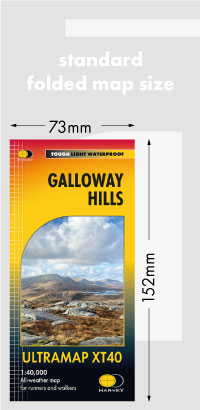Long routes and multi-day walks
by Nigel Williams

England and Wales boast 16 designated National Trails, making up about 3000 miles of paths. National Trails have to meet certain design and access criteria, and are usually signposted with an Acorn symbol. Most of the routes are around 100 miles, such as the South Downs Way, but other routes are considerably longer, like the Pennine Way at 268 miles, and, currently, the longest is the South West Coast Path at 630 miles. However, once the King Charles III English Coastal Path is complete it will be the longest coastal path in the world at 2800 miles. (There is a complete Welsh Coastal Path but this is not currently designated as a National Trail).
Scotland offers its own set of 29 designated Great Trails (of which 4 of these are also National Trails), totalling around 2000 miles. Among them is the famous West Highland Way, a 96-mile route that runs from Milngavie near Glasgow to Fort William in the Scottish Highlands. The West Highland Way is a popular choice as it can offer stunning views of the Highlands, Loch Lomond, and the remote wilderness
In addition to National and Great Trails there are also many other Long Distance Paths (LDWs) in the UK. HARVEY has created award-winning maps for all the National Trails and most of the Great Trails, plus a few of the LDWs. All bar the longest - South West Coast Path, Pennine Way and Cape Wrath trails - are complete on a single map sheet, with wonderful detail and information at the 1:40,000 scale. The Trail maps are also available as a box set!

There are companies that arrange accommodation and the transfer of luggage between B & Bs, so you can walk with a day sack and have dinner and a comfortable bed each night. If there is a good regular bus or taxi service near the route you might be able to base camp for a couple of nights and get local transport to and from the campsite or hostel, just walking for a couple of days and returning to base each night.
Wild camping may be an option. A lightweight, green tent with a small footprint helps one to be discreet. Putting it up around dusk and down soon after dawn is even less obtrusive.
Multi-day walking can take its toll on the joints and feet (or maybe I'm just getting old). It is important to have a good pair of light boots and quality insoles to minimise the weight and maximise the cushioning, along with wool trekking socks. I carry Compeed should I get a raw de-roofed blister. For hotspots and minor rubs I use physio tape pre-cut to about 8cm strips, with the corners rounded to prevent it being peeled back too easily. It stretches and, in my opinion, is much better than plasters or zinc oxide tape.

I do enjoy a mug of tea during the day but prefer not to carry a thermos. A light and efficient gas cooker, such as the Jetboil, gives an option for multiple hot drinks with water from streams. It is part of the camping kit but also great on a day walk. It is good to have a mat for insulation so you can sit on the ground or a boulder while boiling the water and savouring the view.
Clothing really depends on the time of year. I tend to keep moving relatively quickly so prefer to have a number of thin layers, including a light windproof layer, to adjust my temperature, and an insulated jacket or waistcoat to put on for stops if it is cold.
In my experience, walking for a few hours in heavy rain means you are going to get wet, regardless of how much you spend on waterproofs. If the general forecast is warm summer weather with downpours then I will use light waterproofs; these do not need to be Goretex. In spring and autumn, Paramo outer clothing can be a good versatile option in all weather.
On multi-day camping trips one is likely to have a degree of regular access to shops, cafés or pubs, so there is no need to carry large quantities of supplies - food is often one of the heaviest items - but I keep a dehydrated meal as a reserve (ideally not a favourite meal so there is no temptation to eat it until the last night). Tesco do a "pour and store" freezer bag which takes boiling water, so couscous, or other dehydrated food, provides a lightweight meal.
Lastly, there may be someone wanting to know you are ok from time to time. An emergency 'Spot' device is an option and can send an automated email message and location. Most people, though, just use the mobile phone. I carry a power bank which will recharge my phone around 4 times, so not too big and heavy. (I also have a rechargeable head torch).
All in all the whole enterprise from planning to completing the journey is very rewarding, not to mention the diversity of countryside, local history and maybe friendships that are often experienced along the way.
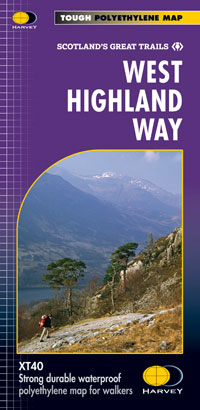
- HARVEY has waterproof maps for many long distance walking routes. Each map is lightweight, contains the whole of the route on one sheet (usually!) and the route is clearly marked in red.
- HARVEY Map - Measure - Go! scale bar laces double up to make measuring distance easy! Available in two scales, 1:25,000 scale markings (red) and 1:40,000 scale markings (yellow), these are perfect accessory for any long distance walking trip!
Return to the Navigation Blog
 FREE UK tracked delivery
FREE UK tracked delivery Order by 12pm Mon-Fri for same day dispatch
Order by 12pm Mon-Fri for same day dispatch

